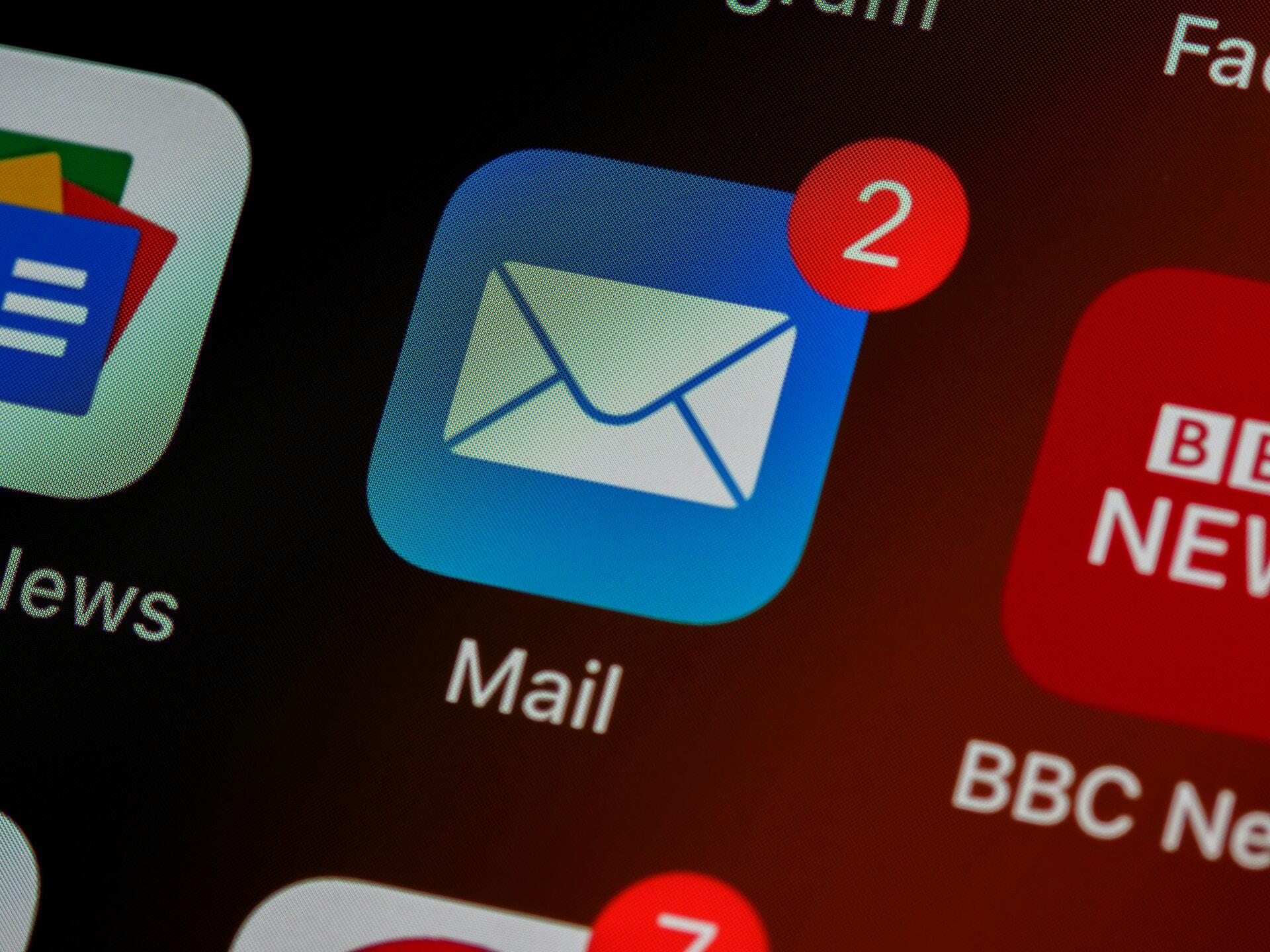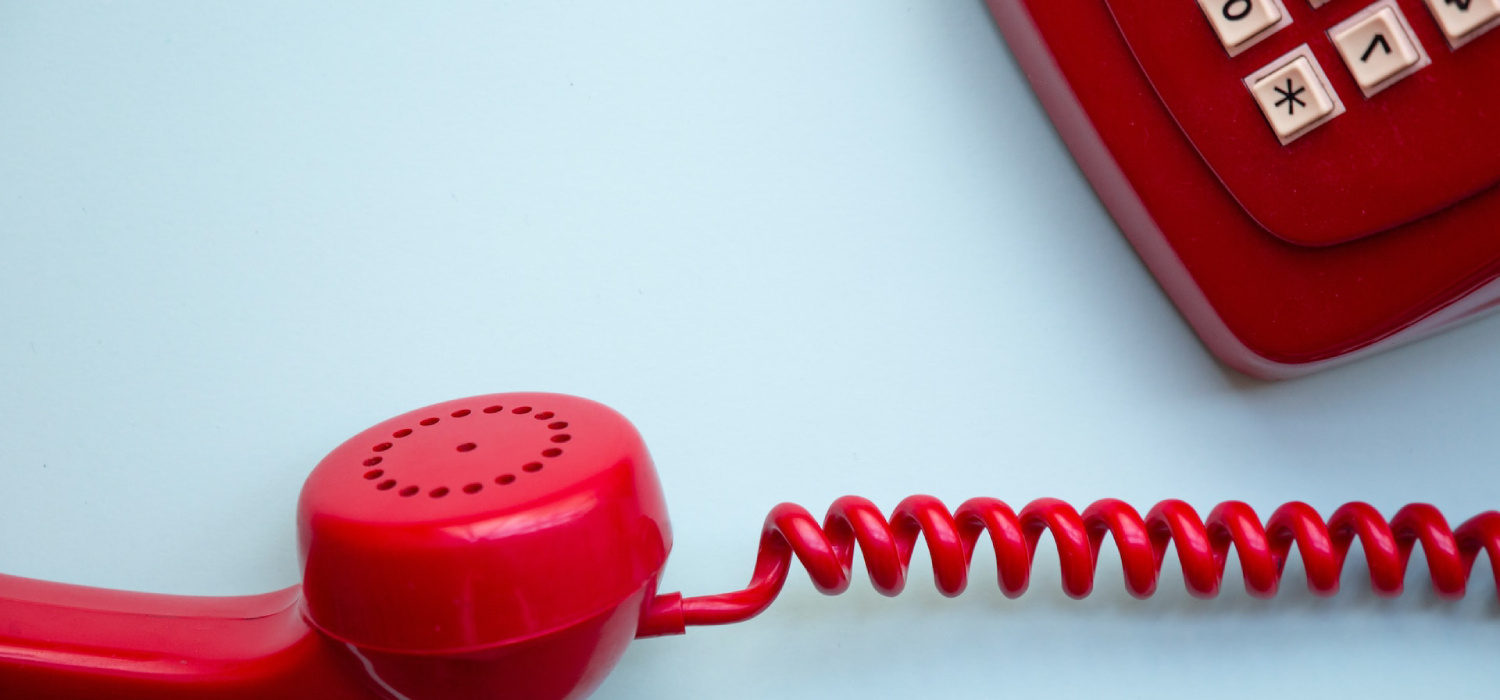Crafting a compelling cold mailing pitch can be a daunting task, especially when it comes to converting your prospects into loyal customers. With so many sales and marketing messages inundating inboxes, it's essential to make sure your pitch stands out from the crowd.
In this article, we will provide you with actionable tips and insights on how to craft a compelling cold mailing pitch that not only grabs the attention of your target audience but also converts them into paying customers.
What is Cold Mailing?

Cold mailing is the process of sending emails to individuals or businesses who haven't expressed any prior interest in your product or service. The goal of a cold mailing campaign is to generate leads and ultimately convert them into paying customers.
Cold mailing can be an effective way to reach a large audience, but it requires a strategic approach to be successful.
Overall, cold mailing can be an effective tool for generating leads and driving sales. However, it's essential to approach it strategically and ethically. By crafting compelling pitches and following best practices, sales professionals can use cold mailing to expand their reach and grow their customer base.
Let's see the 7 steps to write a cold mailing that will drive results!
1. Understanding your target audience
Cold mailing can be an effective way to reach out to potential customers who haven't expressed any prior interest in your product or service. However, to increase the likelihood of conversion, it's crucial to understand your target audience and generate qualified leads.
To understand your target audience, start by defining your ideal customer. Consider their demographics, psychographics, and behaviors. What are their pain points? What motivates them? What are their goals? Once you've defined your ideal customer, you can then research where they spend their time online and what content they consume. Research potential leads using online resources such as LinkedIn, industry directories, and company websites. Gather data such as names, email addresses, and phone numbers.
Segment your list based on specific criteria such as job title, industry, or geographic location. This will allow you to personalize your cold mailing pitch and increase the likelihood of conversion. Use an email verification service to ensure that the email addresses on your list are accurate and up-to-date.
Once you've generated qualified leads, it's essential to personalize your cold mailing pitch to address their specific needs. Use the information you've gathered about your target audience to create messaging that resonates with them. For example, you could reference a recent article they shared on social media or a recent award their company received. Personalization creates a connection with your leads and increases the likelihood of conversion.
Ensure that you comply with email marketing regulations such as CAN-SPAM and GDPR. This includes providing an opt-out option and including your company's physical address in your email.
Finally, tracking your results is crucial for understanding the effectiveness of your cold mailing efforts. Use data analytics tools to track your open rates, click-through rates, and conversion rates. Use this data to refine your approach and ensure that you're targeting the right audience with the right messaging.
*If you're struggling to gather quality data or don't have the time to create a list yourself, consider using a professional data provider that specializes in cold mailing lists.
2. Crafting the perfect subject
Your subject line is the first thing that your recipient sees, and it can make or break your cold mailing pitch's success. A great subject line can grab the recipient's attention and entice them to open the email, while a weak subject line may go unnoticed or end up in the recipient's spam folder. Here are some best practices for crafting subject lines that catch the recipient's attention and entice them to open the email.
Keep it concise:
Your subject line should be short and to the point. A subject line that's too long may get cut off or be difficult to read. Aim for a subject line that's 50 characters or less.
Use action-oriented language:
Your subject line should be action-oriented and create a sense of urgency. Use phrases like "limited time offer" or "don't miss out" to encourage the recipient to open the email.
Personalize the subject line:
Personalizing the subject line can help make your cold mailing pitch feel less like spam and more like a personalized message. Use the recipient's name or reference something specific about their company or industry.
Make it relevant:
Your subject line should be relevant to the recipient's needs and pain points. Use language that speaks to their specific challenges or interests. For example, if you're offering a product that helps businesses streamline their operations, your subject line could be "Simplify your workflow with our new product."
Test different subject lines:
A/B testing is a great way to determine which subject lines are most effective. Test different subject lines on a small sample of your mailing list to see which ones get the highest open rates.
Avoid spam trigger words:
Certain words and phrases can trigger spam filters and cause your email to be sent to the recipient's spam folder. Avoid using words like "free," "guaranteed," or "act now."
3. Writing an attention-grabbing opening
The opening of your cold mailing pitch is critical for grabbing the reader's attention and keeping them engaged. It's the first impression the recipient has of you and your company, so it's essential to make it count. Here are some tips on how to write an attention-grabbing opening when cold mailing.
Start with a personalized greeting:
Use the recipient's name in your greeting to make your email feel more personal and less like a generic spam message. For example, "Hi, John" instead of "Dear Sir/Madam."
Use a hook:
A hook is a statement or question that captures the reader's attention and makes them want to keep reading. Use a hook to pique the recipient's interest and create curiosity about what you have to offer. For example, "Are you tired of dealing with [specific pain point]?"
Share a relevant statistic or fact:
Use a relevant statistic or fact to show the recipient that you understand their industry and the challenges they face. For example, "Did you know that [industry-specific statistic]?"
Offer a solution:
Use your opening to introduce your product or service as a solution to the recipient's pain points. For example, "We offer a solution that can help you [specific benefit]."
Use an anecdote or story:
People love stories, so using an anecdote or story can be a great way to capture the reader's attention and create an emotional connection.
Keep it concise:
Your opening should be concise and to the point. Avoid rambling or going off-topic, as this can lose the reader's attention.
4. Personalizing the message

By tailoring your message to the recipient's needs, pain points, and interests, you can make your cold mailing pitch feel less like spam and more like a personalized message. Here are some techniques for personalizing the message when cold mailing.
Reference the recipient's company:
Do some research on the recipient's company and use that information to personalize your message. For example, you could mention a recent award they received or a new product they launched.
Mention previous work experience:
If you have worked with the recipient in the past or have a mutual connection, mention that in your message. This can help create a connection and make your message feel more personalized.
Use the recipient's name throughout the message:
Address the recipient by name throughout your message, including the body and closing. This can help make your message feel more personalized and less like a generic spam message.
Speak to the recipient's pain points:
Use language that speaks to the recipient's specific pain points and challenges. For example, if you're offering a product that helps businesses streamline their operations, mention specific pain points such as increased costs or inefficiencies.
Use the recipient's preferred communication channel:
If you know the recipient's preferred communication channel, use that to personalize your message. For example, if the recipient prefers phone calls, you could suggest a call to discuss your product or service.
Offer specific solutions:
Use your message to offer specific solutions to the recipient's pain points. For example, if the recipient is struggling with inventory management, offer a solution that can help them streamline their inventory processes.
5. Demonstrating value
Demonstrating the value of your product or service is crucial when cold mailing. It's not enough to simply pitch your product or service; you need to show the recipient how it can solve their specific pain points and provide value. Here are some ways to demonstrate the value of your product or service in a way that resonates with your target audience.
Focus on benefits, not features:
Instead of focusing on the features of your product or service, focus on the benefits it provides. For example, instead of saying "our software has a user-friendly interface," say "our software can save you X hours and increase productivity by X% with its user-friendly interface."
Use case studies and testimonials:
Use case studies and testimonials from satisfied customers to show the recipient how your product or service has provided value in the past. This can help build credibility and trust with the recipient.
Provide data and statistics:
Use data and statistics to show the recipient how your product or service can provide value. For example, if you're offering a marketing automation tool, provide statistics on how it has increased email open rates or lead conversion rates for other companies.
Offer a free trial or demo:
Offering a free trial or demo can give the recipient a hands-on experience with your product or service and demonstrate its value. Be sure to follow up after the trial or demo to answer any questions and address any concerns.
Provide educational content:
Provide valuable educational content that addresses the recipient's pain points and provides solutions. This can include blog posts, whitepapers, or webinars.
6. Closing with a call to action
This is the final step in your cold mailing pitch and the last chance to convince the recipient to take action. A strong call to action can drive conversions and increase the likelihood of a response. Here are some tips on how to craft a strong call to action when cold mailing.
Be clear and specific:
Your call to action should be clear and specific. Use action-oriented language and provide a specific action that the recipient should take. For example, "Schedule a demo today" or "Download our free trial now."
Create a sense of urgency:
Use language that creates a sense of urgency to encourage the recipient to take action. For example, "Limited time offer" or "Don't miss out."
Offer an incentive:
Offer an incentive to encourage the recipient to take action. This could be a discount, free trial, or exclusive content.
Use social proof:
Use social proof, such as customer testimonials to show the recipient the benefits of taking action. For example, "See how our product has helped businesses like yours increase productivity."
Keep it simple:
Your call to action should be simple and easy to follow. Avoid using complicated language or multiple CTAs that can confuse the recipient.
Follow up:
Be sure to follow up after your initial cold mailing pitch to answer any questions and provide further information. This can help increase the likelihood of a response and conversion.
Examples of strong calls to actions include:
- "Unlock the full potential of our product with our free trial offer. Sign up today!"
- "Transform your workflow with a personalized demo of our product. Schedule now and experience the difference."
- "Don't miss out on our exclusive offer! Get 10% off your first purchase today."
- "Find solutions to your unique pain points with our comprehensive whitepaper. Download now and start improving."
7. Following up
Following up when cold mailing is crucial for increasing the likelihood of conversion. However, it's important to follow up in a way that feels natural and not overly pushy. Here are some strategies for following up when cold mailing.
Send a brief follow-up email:
A few days after sending the initial cold mailing pitch, send a brief follow-up email to the recipient. This email should remind the recipient of your initial message and offer to answer any questions they may have.
Provide additional value:
Use your follow-up email to provide additional value to the recipient. This could be in the form of educational content, such as a blog post or whitepaper, or a personalized solution to their specific pain points.
Use a different communication channel:
If you haven't received a response from your initial cold mailing pitch, try reaching out through a different communication channel, such as a phone call or social media message. This can help create a sense of urgency and show the recipient that you're invested in their success.
Be persistent, but not pushy:
It's important to be persistent with your follow-up efforts, but not pushy. Avoid sending multiple emails or making excessive phone calls. Instead, space out your follow-up efforts and continue to provide value to the recipient.
Offer an incentive:
Offering an incentive, such as a discount or free trial, can encourage the recipient to take action and respond to your follow-up efforts.
Ask for feedback:
Use your follow-up email to ask for feedback from the recipient. This can help you understand why they may not have responded to your initial cold mailing pitch and how you can improve your approach in the future.
Examples of strong follow up messages include:
"Hi [recipient], just wanted to follow up on the email I sent earlier this week about our product. Do you have any questions or concerns I can help with?"
"Hey [recipient], I know you're busy, but I wanted to touch base and see if there's anything else you need from us to help make a decision. If you're still unsure, we'd be happy to set up a call to discuss further."
"Hi [recipient], I noticed that your company recently launched a new product that our solution could complement. I wanted to follow up and see if you'd be interested in learning more about how we can help. Let me know if you have a few minutes to chat."
"Hope you're doing well, [recipient]. Based on your LinkedIn profile, I see that you have experience in [specific industry]. Our product has been particularly effective in helping companies like yours streamline their operations. Would love to discuss further if you're interested."
"Hey [recipient], I came across your recent blog post on [specific topic] and thought it was really insightful. It got me thinking that our product could be particularly helpful in addressing some of the pain points you mentioned. Let me know if you'd be interested in learning more."
"Hi [recipient], I noticed that your company is attending [specific conference] next month. I'll be attending as well and would love to connect in person and discuss how our solution could benefit your business. Would you be available for a quick coffee or meeting during the conference?"
"Hi [recipient], I understand that [specific pain point] can be a challenge in your industry. Our solution has been proven to be particularly effective in addressing this challenge. Would you be interested in discussing further and exploring how our product can help?"

Finally, crafting a compelling cold mailing pitch that converts takes time, effort, and a deep understanding of your target audience. By following the 7 steps outlined in this guide, you can create a cold mailing strategy that resonates with potential customers and drives conversions. Happy cold mailing!




